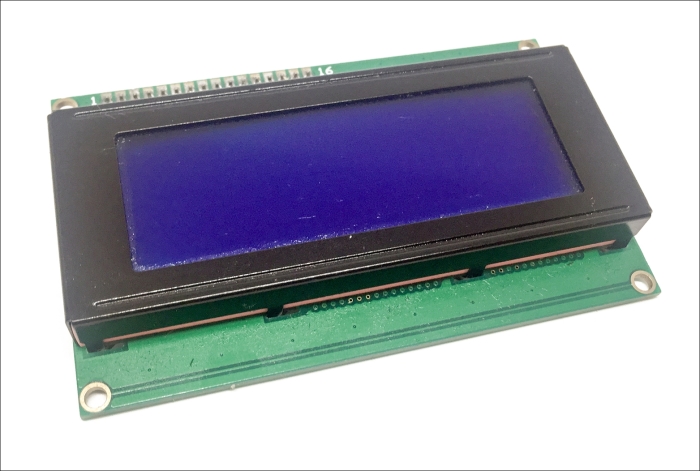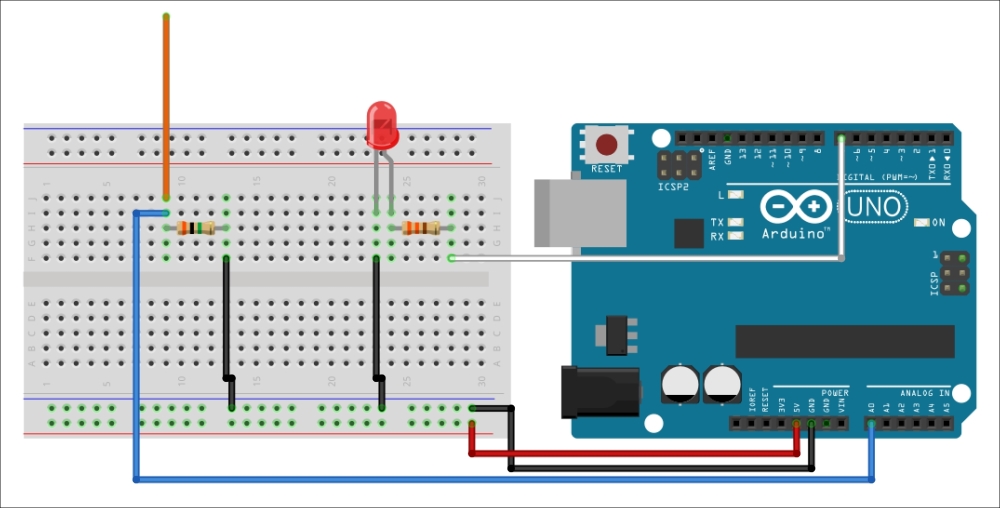In this chapter, we are going to build a very useful tool that every secret agent should have: a bug detector. We will build a simple device that will allow you to detect whether there are any bugs nearby, such as a recording device or a wireless hidden camera.
The following are the topics that we will cover in this chapter:
We will build a project with a simple wire antenna and the project will display the EMF readings on LCD screen.
We will also add a simple LED to indicate when EMF activity goes above a certain threshold.
Let's dive in!





























































